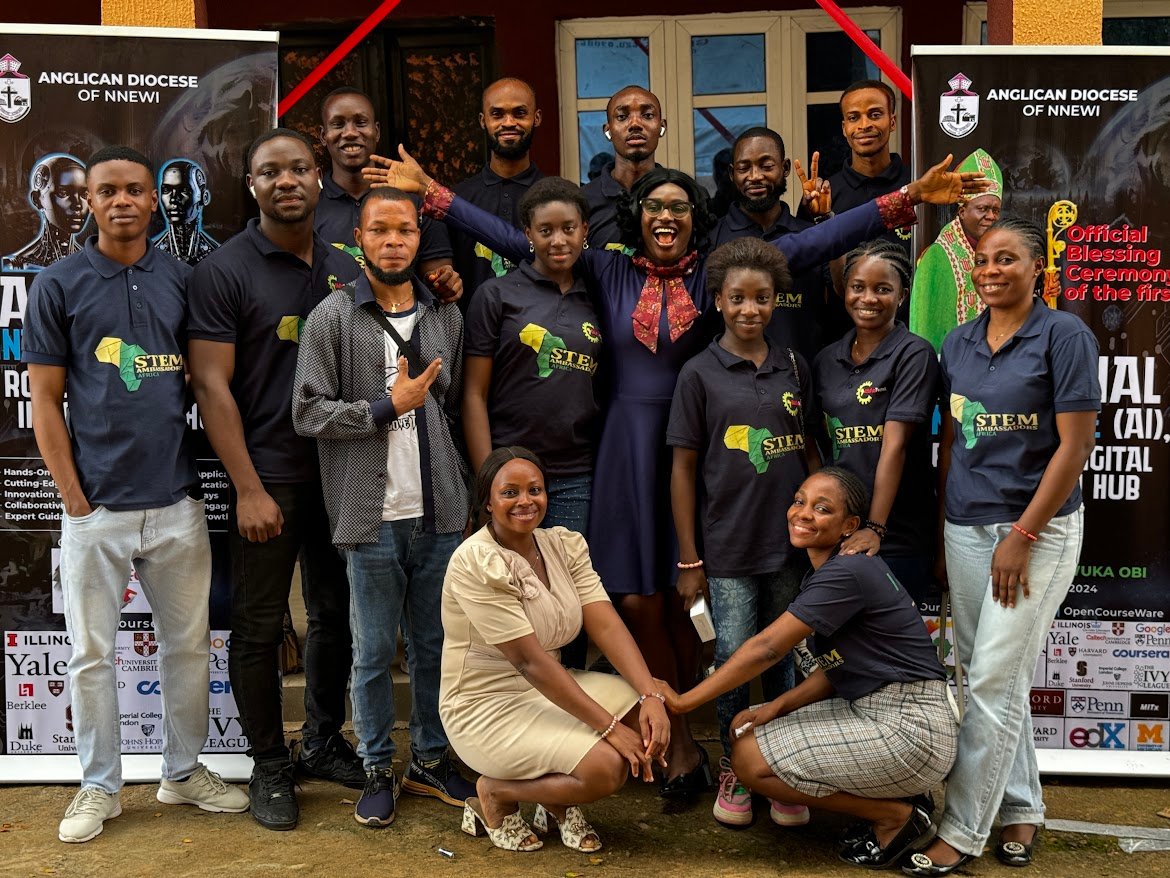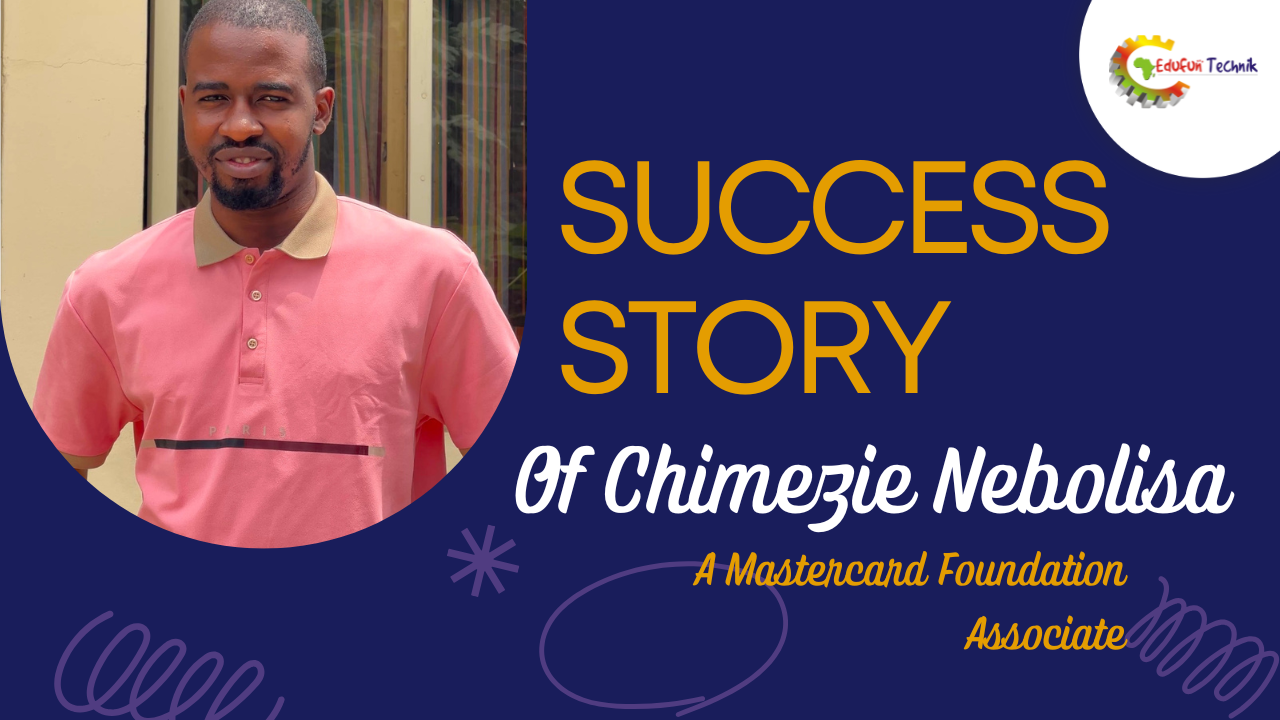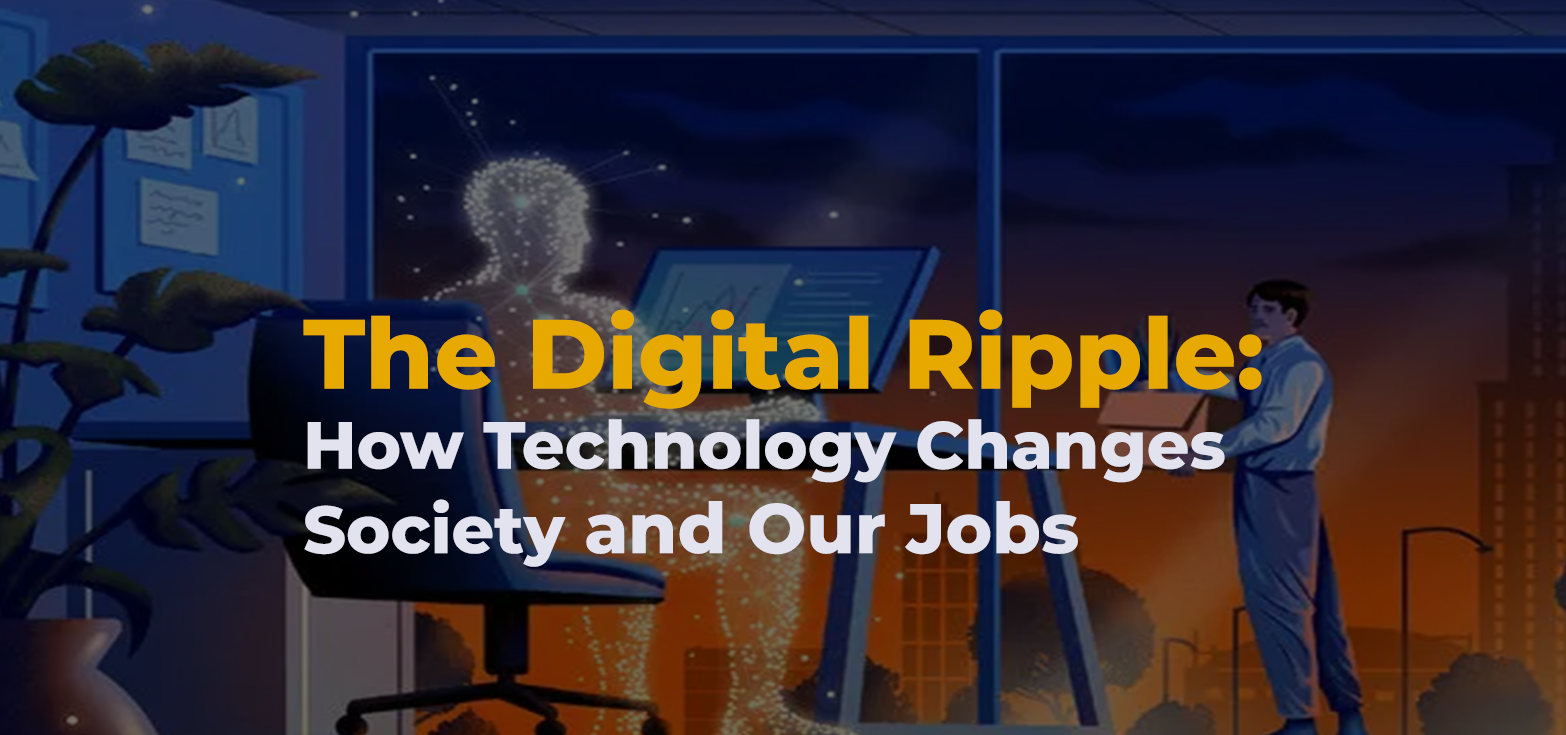With the world’s fast growing population comes the increasing demand for resources like food, water, and energy. Yet, these resources are not infinite. Many regions already face shortages, leading to challenges like hunger, water scarcity, and energy crises. But there is hope. Technology and innovation are helping us find new ways to use resources wisely and ensure they reach those who need them most.
Understanding Global Resource Shortages
Resource shortages happen when the demand for essential goods outpaces supply. For example, freshwater is critical for drinking, farming, and industry, yet millions of people worldwide lack access to clean water. Food shortages occur due to climate change, poor farming methods, or conflicts disrupting supply chains. Energy shortages happen when demand for electricity and fuel surpasses what we can produce sustainably.
These shortages not only affect daily life but also lead to bigger problems. They can create social unrest, harm the environment, and slow economic growth. Dr. Vandana Shiva, an environmental activist, explains, “The scarcity of resources is not just about quantity but also about how they are distributed and used.” This is where technology and innovation step in to make a difference.
How Technology Is Addressing Food Shortages
Agriculture is one of the key areas where technology is transforming how we produce food. Precision farming uses tools like GPS, drones, and sensors to monitor crops and soil conditions in real-time. This allows farmers to use just the right amount of water, fertilizers, and pesticides, reducing waste and boosting yields.
Scientists are also developing genetically modified (GM) crops that can withstand droughts, pests, and extreme temperatures. For instance, researchers in Africa are working on drought-resistant maize to help farmers grow food even in dry regions. These innovations can increase food production and reduce hunger in areas most affected by climate change.
Urban farming is another exciting development. Vertical farms, which grow crops in stacked layers using hydroponics or aeroponics, use less land and water than traditional farming. Dr. Dickson Despommier, a pioneer of vertical farming, said, “By bringing agriculture into cities, we can reduce transportation costs and grow food closer to where people live.”
Solving Water Scarcity Through Innovation
Water scarcity is one of the most urgent global issues, but technology is providing solutions. Desalination, the process of turning seawater into freshwater, is becoming more efficient and affordable. Countries like Israel and Saudi Arabia are already using advanced desalination plants to provide clean drinking water to millions.
Smart water management systems use sensors and data analytics to track water usage and detect leaks. This ensures that every drop counts. In agriculture, technologies like drip irrigation deliver water directly to plant roots, using up to 90% less water compared to traditional methods.
Another breakthrough is water recycling. Advanced treatment plants clean wastewater so it can be reused for irrigation, industry, or even drinking. For example, Singapore’s NEWater project recycles used water into high-quality drinking water, showing how innovation can turn waste into a valuable resource.
Addressing Energy Shortages with Renewable Solutions
Energy shortages are a major challenge, especially in developing countries where millions of people lack reliable access to electricity. Renewable energy technologies like solar, wind, and hydropower are changing the game. They provide clean and sustainable power while reducing dependence on fossil fuels.
Solar energy, in particular, is making a big impact. Solar panels are becoming cheaper and more efficient, making them accessible to more people. In remote areas without electricity, solar kits provide power for lighting, cooking, and charging devices. Elon Musk, CEO of Tesla, said, “Solar power will be the single largest source of electricity generation in the future.”
Battery technology is also advancing rapidly, allowing us to store energy from renewable sources for use when the sun isn’t shining or the wind isn’t blowing. Large-scale battery systems, like Tesla’s Powerwall, are helping stabilize energy grids and ensure a steady power supply.
Microgrids are another innovation bringing electricity to underserved regions. These small, self-contained energy systems often use renewable sources and can operate independently of larger power grids. They are ideal for rural areas and disaster recovery efforts.
Innovation in Resource Distribution
Sometimes, the problem isn’t a lack of resources but getting them to the people who need them. Technology is improving distribution systems to make them more efficient. For example, blockchain technology can track food and medicine from production to delivery, reducing waste and ensuring quality.
Mobile apps and digital platforms are connecting farmers directly with consumers, cutting out middlemen and giving producers a fairer share of profits. In disaster-stricken areas, drones are being used to deliver essential supplies like food, water, and medicine quickly and safely.
Professor Klaus Schwab, founder of the World Economic Forum, said, “The Fourth Industrial Revolution is changing how we produce, distribute, and consume resources, making systems more transparent and efficient.” These advancements are helping us address resource shortages in smarter ways.
Challenges and the Way Forward
While technology offers incredible solutions, it also comes with challenges. High costs can make some innovations inaccessible to poorer communities. Developing countries may lack the infrastructure to implement advanced technologies. Additionally, there are concerns about environmental impacts, such as the waste generated by solar panels or the energy needed for desalination.
To overcome these challenges, governments, businesses, and communities must work together. Policies that encourage investment in sustainable technologies, partnerships to share knowledge, and education programs to build technical skills are all essential.
Conclusion
Global resource shortages are serious issue, but technology and innovation offer powerful tools to tackle them. From precision farming and water recycling to renewable energy and better distribution systems, these advancements are helping us use resources more wisely and sustainably.
The road ahead requires collaboration and commitment, but the potential benefits are enormous. By embracing technology and innovation, we can create a future where everyone has access to the resources they need to thrive.







